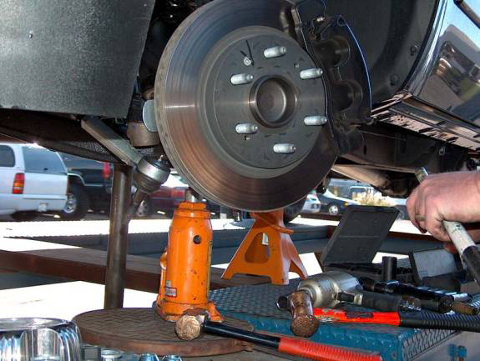

| Topic: Bottle Jack Operators Must be Competent | |
| Date Issued: February 15, 2012 | Date Revised: |
Bottle jacks are important in garages, public works operations and in other municipal operations. Workers can be seriously injured or killed if they fail to use the jack correctly or use the proper jack. The following safety tips are intended to prevent accidents associated with the use of bottle jacks:
